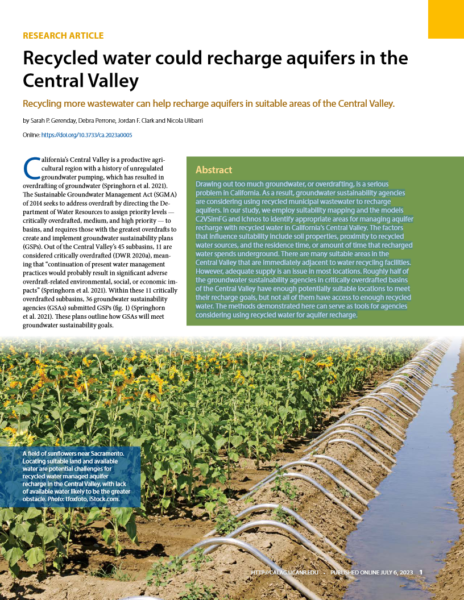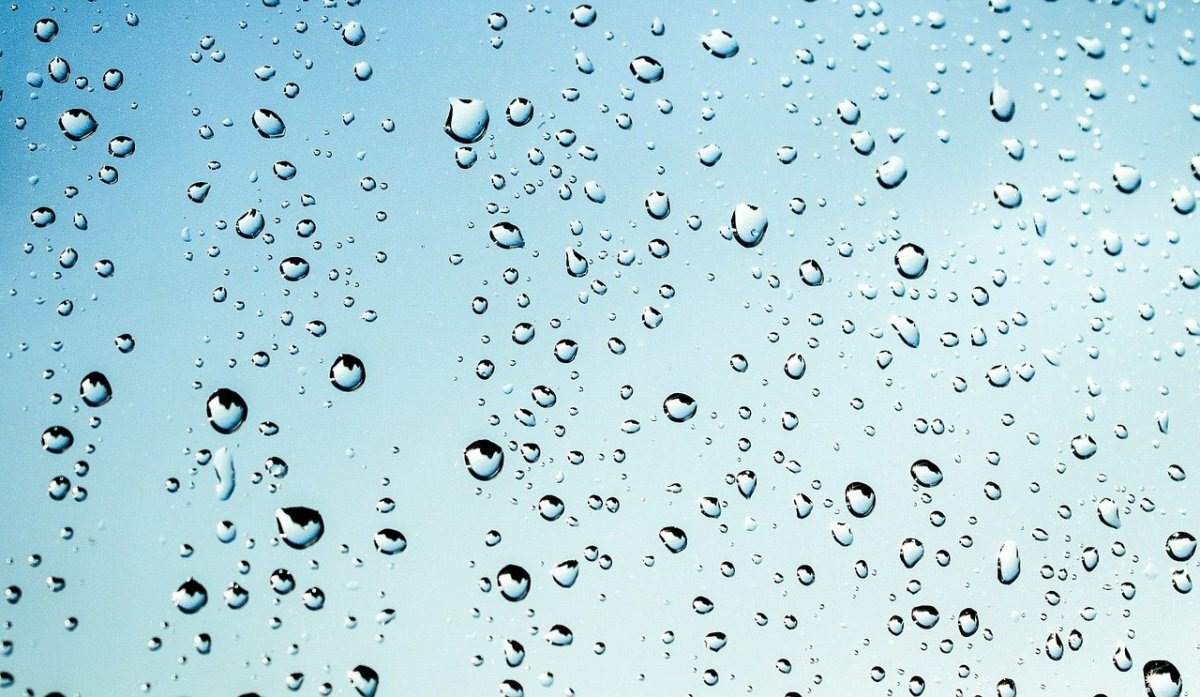 Drawing out too much groundwater, or overdrafting, is a serious problem in California. As a result, groundwater sustainability agencies are considering using recycled municipal wastewater to recharge aquifers. In our study, we employ suitability mapping and the models C2VSimFG and Ichnos to identify appropriate areas for managing aquifer recharge with recycled water in California’s Central Valley.
Drawing out too much groundwater, or overdrafting, is a serious problem in California. As a result, groundwater sustainability agencies are considering using recycled municipal wastewater to recharge aquifers. In our study, we employ suitability mapping and the models C2VSimFG and Ichnos to identify appropriate areas for managing aquifer recharge with recycled water in California’s Central Valley.
The factors that influence suitability include soil properties, proximity to recycled water sources, and the residence time, or amount of time that recharged water spends underground. There are many suitable areas in the Central Valley that are immediately adjacent to water recycling facilities.
However, adequate supply is an issue in most locations. Roughly half of the groundwater sustainability agencies in critically overdrafted basins of the Central Valley have enough potentially suitable locations to meet their recharge goals, but not all of them have access to enough recycled water.
The methods demonstrated here can serve as tools for agencies considering using recycled water for aquifer recharge.

